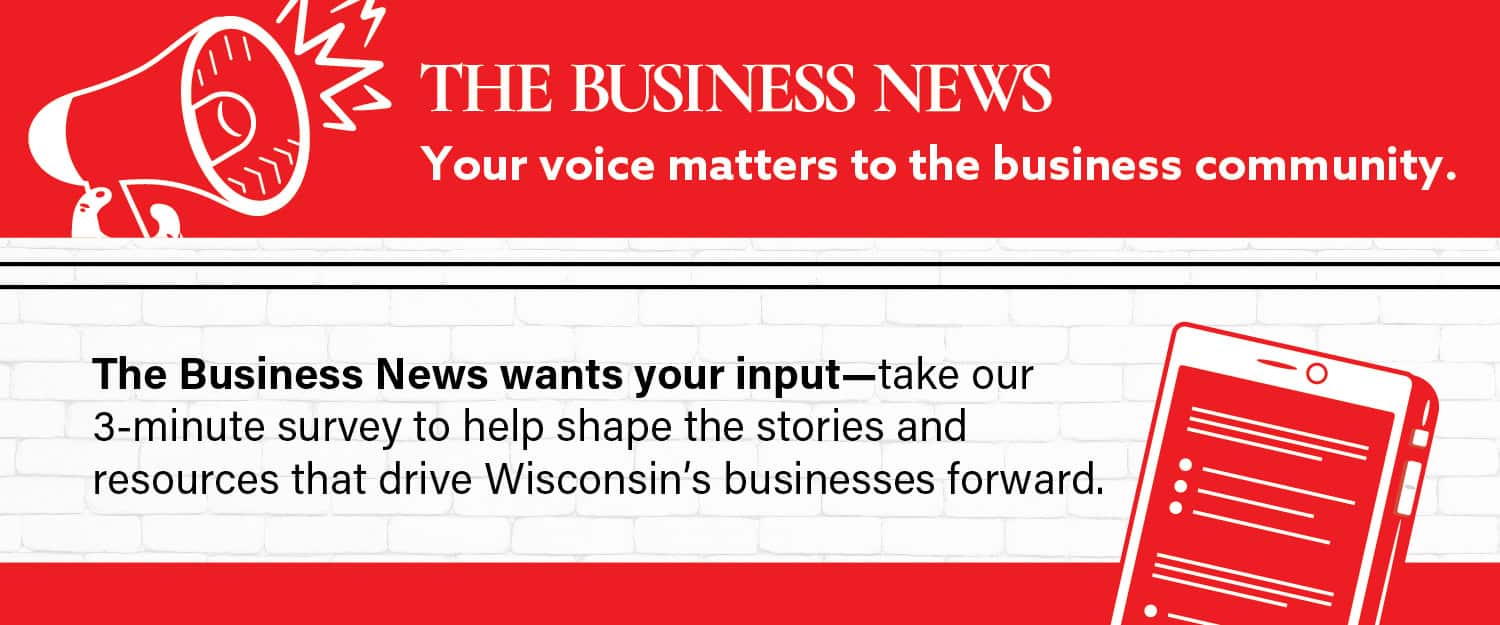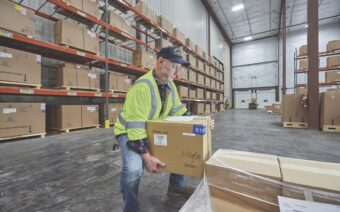
December 30, 2024
“You have been holding onto that for two years?”
This was the response of a team leader who was confronted regarding a time he had lost his temper, two years prior.
This exchange is a common occurrence in teams and is what we refer to as carrying a “backpack” or “pastpack.”
This instance came about during a breakthrough team development exercise I facilitated with the company leadership team.
Their surprising exchange, among others, highlighted the importance of building healthy relationships in the workplace, especially when it comes to communication and collaboration.
Two leaders on this team had been struggling to work together effectively over the past year, and their strained relationship was beginning to affect the overall cohesiveness and performance of the leadership team.
Utilizing behavioral science helps create an honest, open and transparent environment.
This approach can help bring all team and individual issues to the surface, allowing the team to work through and move past them.
During this particular exercise, the behavioral science results revealed that these two leaders had lower role clarity, which was a direct result of their relational issues.
According to DISC (dominance, influence, steadiness and conscientiousness) behavioral science, our natural behavioral style is developed by the time we are 14-15 years old and typically remains unchanged throughout our lifetime.
Around 40% of the U.S. population exhibits a high steadiness (High-S) in their natural behavioral style.
The High-S behavioral style: Anchors of reality
Individuals with a High-S style are known for their calm, patient demeanor and their preference for familiar, reliable environments.
They are team-oriented, great with existing customers and serve as anchors of reality within their teams.
However, one of the challenges of the High-S style is a tendency to internalize comments and hold grudges.
They often overthink situations to the point where the incident that caused the issue takes on a life of its own.
This can lead to strained relationships as they continue to add more grievances to their backpack.
The more strained the relationship, the more they add to the backpack, creating a vicious cycle.
However, this cycle can be overcome by developing what we call a “backbone.”
Developing a backbone: Having tough conversations
Instead of adding issues to your backpack, it’s crucial to develop the skill of having tough conversations – to move from having a backpack to having a backbone.
Having a backbone means addressing issues directly and constructively, even when it’s uncomfortable.
This approach can be far less burdensome than carrying around a heavy backpack of unresolved issues and strained relationships.
The process of unpacking your backpack
- Timeliness: Address the issue within five-to-10 business days after it happens.
- Preparation: Make notes for your tough conversation to ensure you cover all points.
- Setting: If possible, have the conversation outside of the office to create a more relaxed environment.
- Affirmation: Start by affirming the value of the relationship. For example, “I value our relationship and want to make it better, so I need to discuss something with you.”
- Clarification: Use questions and phrases like “Help me understand what you meant by saying/doing that.” This can help open up the dialogue and reduce defensiveness.
- Intent: Often, we assume negative intent, but it’s important to ask, “What was your intent in saying/doing that?”
- Resolution: Follow your notes to ensure you address the entire issue. Seek mutual understanding and, if an apology is given, accept the apology and provide one of your own for putting it in your backpack.
- Plan moving forward: Discuss ways to avoid similar misunderstandings in the future and avoid putting it in the backpack to begin with.
Understanding different behavioral styles
Other behavioral styles, especially those with high dominance (High-D), might not even realize there is an issue.
High-Ds can be unaware of how their style can negatively impact others.
They are typically comfortable with tough conversations and would prefer if you brought up issues immediately.
They get frustrated when someone holds onto something without addressing it, often thinking, “If you had asked me right away, we could have resolved it.”
Building healthier relationships
Understanding and addressing your natural behavioral tendencies can transform your relationships.
High-S individuals bring incredible strengths to a team but must be mindful of their tendency to hold grudges.
By developing the skill to have tough conversations and unpacking the backpack, you can foster a more cohesive and productive work environment.
The next time someone says or does something that lands the wrong way, don’t put it in your backpack.
Instead, develop a backbone.
Start asking questions to understand their perspective and where they are coming from.
Strengthening your backbone can lead to healthier relationships.
 Beyond the brittle: Uncle Tom’s celebrates 50 years
Beyond the brittle: Uncle Tom’s celebrates 50 years Venture Ag Drones ‘takes flight’ in Langlade County
Venture Ag Drones ‘takes flight’ in Langlade County








